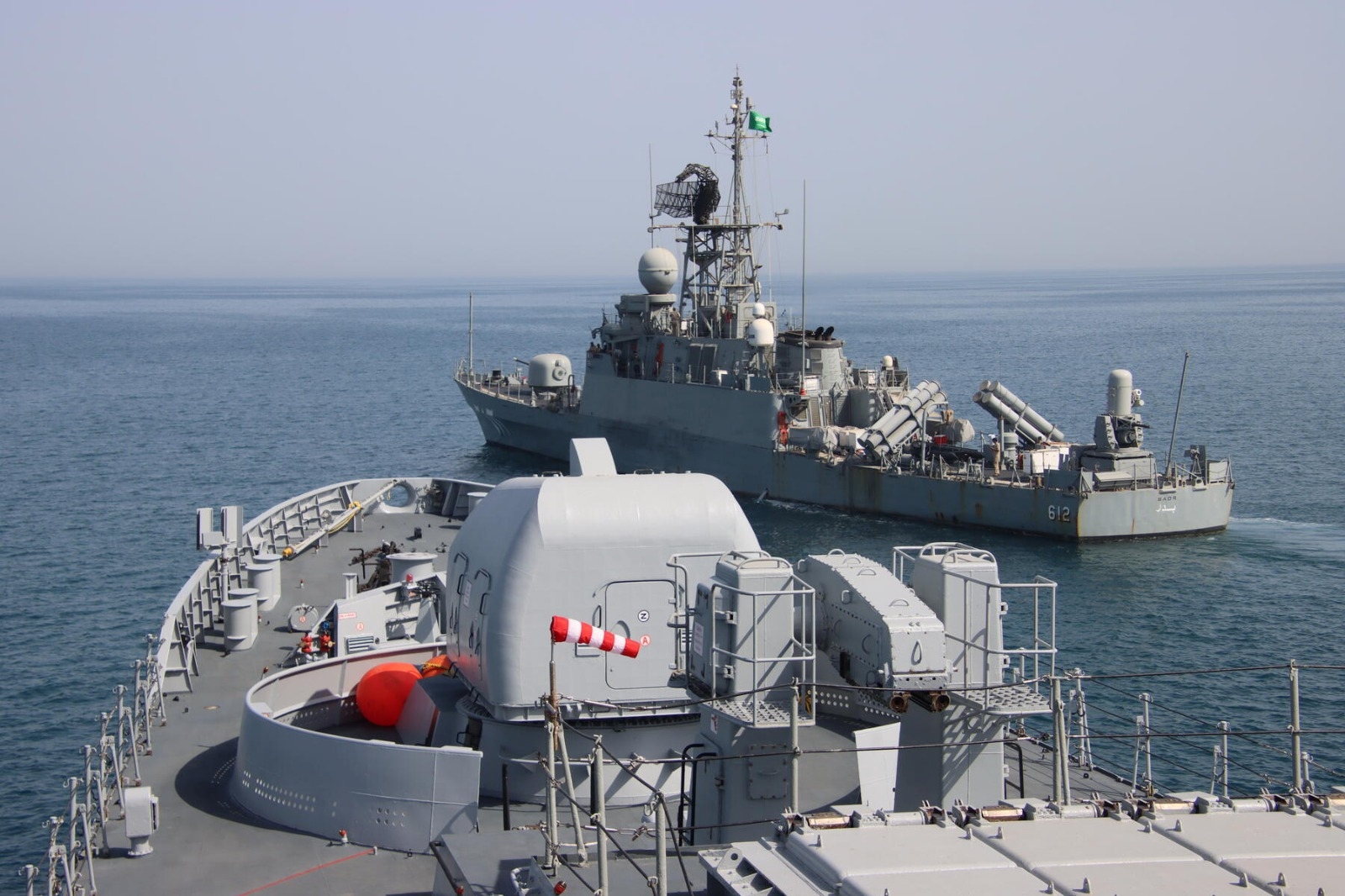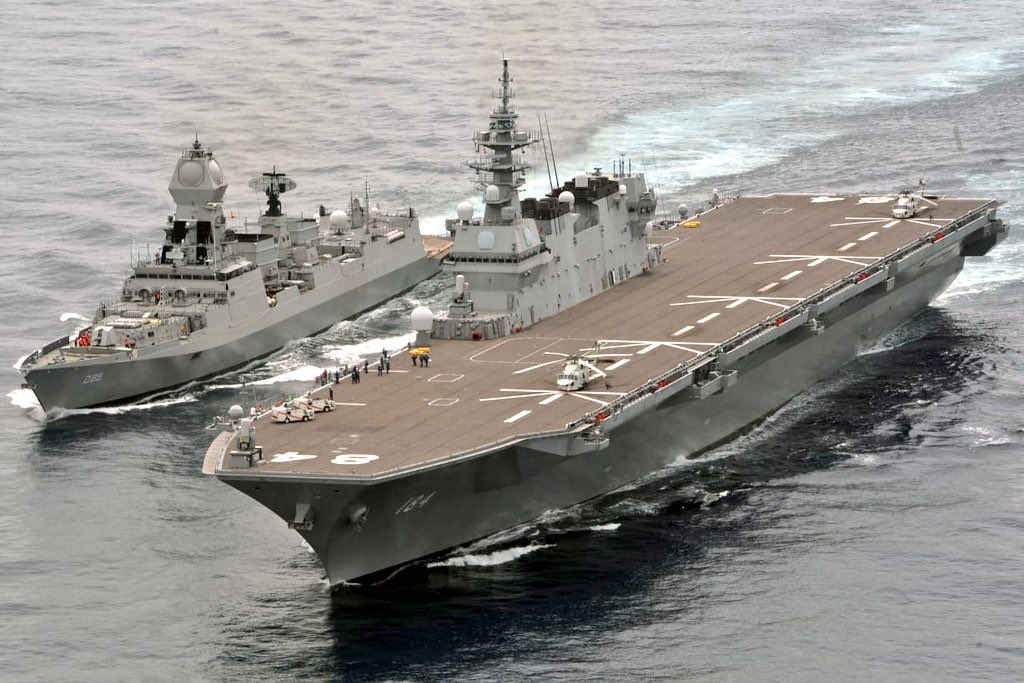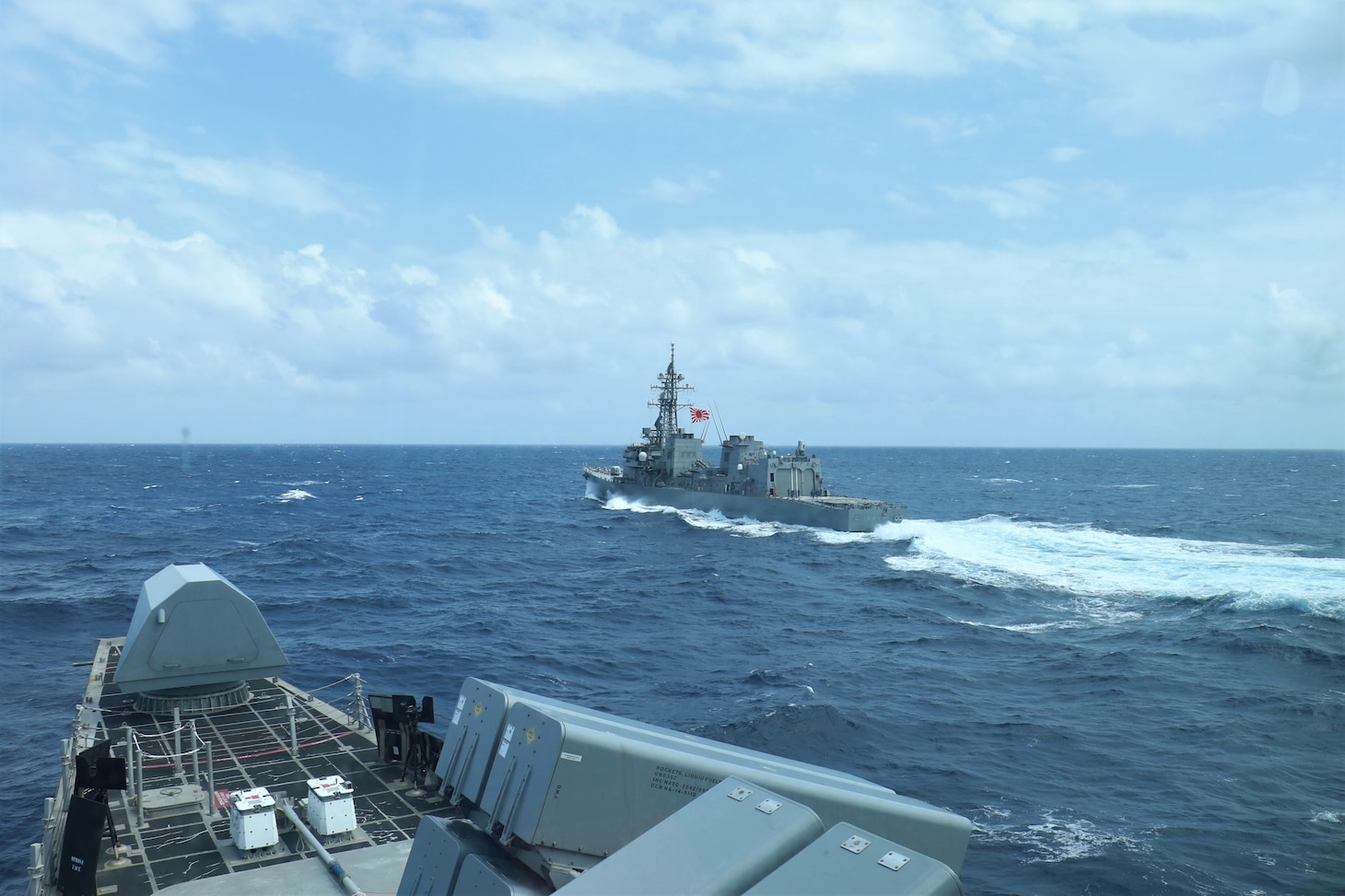
Japan, U.S. Navies Conduct Bilateral Maritime Exercise
In a presentation of unflinching obligation to territorial security and participation, the naval forces of Japan and the US as of late united for a respective sea work out. This occasion exhibited the high level capacities of the two countries' maritime powers and Went about as an affirmation of the dependable partnership between the two nations. The Naval force Association is more than happy to write about this huge improvement in global oceanic participation.
A History of Cooperation
The oceanic organization among Japan and the US is established in a long history of shared help and coordinated effort. It was in 1853 when Commodore Matthew Perry's "Dark Boats" entered Tokyo Narrows, opening Japan to the world. Quick forward to the present time, and the partnership between the two countries has never been more grounded.
With shared upsides of a majority rules government, opportunity, and security, the Japan-U.S. organization has turned into a central mainstay of harmony and solidness inside the Indo-Pacific district. The two countries have worked resolutely to advance financial flourishing, fortify safety efforts, and encourage political ties.
The Bilateral Maritime Exercise
The new reciprocal sea practice led in the Western Pacific Sea exemplified the responsibility of Japan and the US to protecting the district's tranquility and security. The activity highlighted different maritime tasks, including against submarine fighting, air safeguard, and surface battle.

One of the vital targets of the activity was to upgrade interoperability between the two maritime powers. In a period where worldwide difficulties and dangers are steadily developing, the capacity to arrange actually with united countries is fundamental. By partaking in joint activities like this, Japan and the US guarantee they are ready to answer any possibility.
Highlighting Technological Advancements
The maritime activity additionally showed the state of the art innovation accessible to the Japanese Oceanic Self-Protection Power (JMSDF) and the US Naval force. Best in class maritime vessels, airplane, and high level correspondence frameworks were utilized to effectively execute different activities.

The two countries have put vigorously in innovative work to keep a mechanical edge. This specialized ability discourages likely enemies and empowers the quick reaction vital for provincial strength.
Building Trust and Cooperation
Past the key and mechanical angles, this reciprocal oceanic activity was vital in building trust and participation among Japan and the US. Joint preparation practices permit maritime faculty to interface, trade information, gain experiences from each other, and develop an aggregate perception of oceanic difficulties.

The companionships fashioned during these activities go past expert connections; they fortify individuals to-individuals associations between the two countries. These associations are fundamental for encouraging proceeded with coordinated effort and common help.
The Japan-U.S. reciprocal sea practice is a brilliant illustration of the persevering through coalition and obligation to territorial dependability between these two countries. By improving interoperability, exhibiting cutting edge innovation, and building trust among their maritime powers, Japan and the US reaffirm their devotion to protecting the Indo-Pacific locale.
The Naval force Association recognizes the endeavors of the two nations in advancing harmony, security, and success through their oceanic organization. We anticipate seeing more cooperative undertakings that reinforce this coalition and guarantee a more splendid and safer future for all countries in the Indo-Pacific.
 The Defence Blog
The Defence Blog 